What is So Terrible About K31?
CPTK
10 years ago
Related Stories

PETSSo You're Thinking About Getting a Dog
Prepare yourself for the realities of training, cost and the impact that lovable pooch might have on your house
Full Story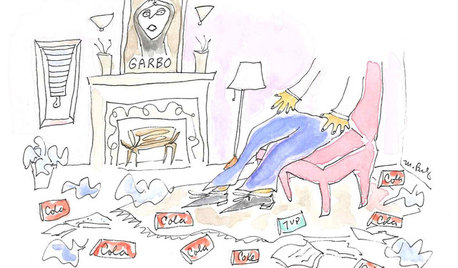
LIFEPortrait of a Terrible Housekeeper
Even in hair-raising tales and harebrained organizing schemes, there's something we can learn
Full Story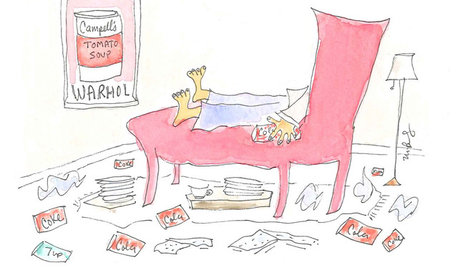
HOUSEKEEPINGPortrait of a Reformed Terrible Housekeeper
See how a man who once stashed dirty dishes under the couch is turning over a new leaf for a neater home
Full Story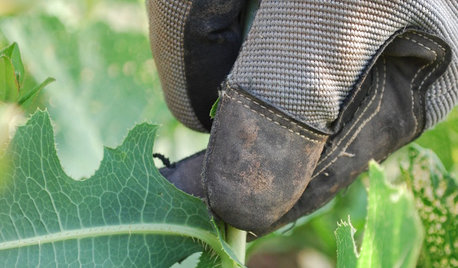
LIFEPortrait of a Terribly Good Neighbor
Sometimes the best kind of neighbor isn't the kind you'd expect
Full Story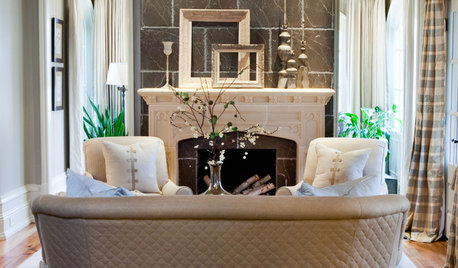
FUN HOUZZGuessing Game: What Might Our Living Rooms Say About Us?
Take a shot on your own or go straight to just-for-fun speculations about whose homes these could be
Full Story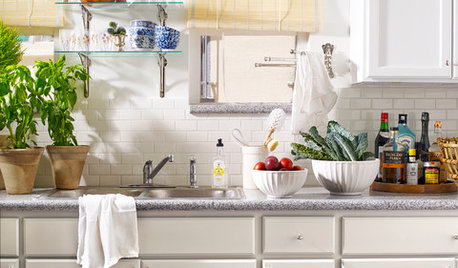
KITCHEN DESIGNKitchen of the Week: Making Over a Rental for About $1,500
Fresh paint, new hardware, added storage, rugs and unexpected touches breathe new life into a Los Angeles apartment’s kitchen
Full Story
GREEN BUILDINGLet’s Clear Up Some Confusion About Solar Panels
Different panel types do different things. If you want solar energy for your home, get the basics here first
Full Story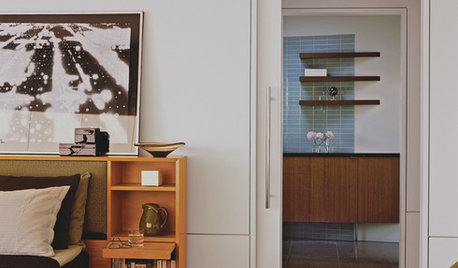
ARCHITECTUREThe Truth About 'Simple' Modern Details
They may look less costly and easier to create, but modern reveals, slab doors and more require an exacting hand
Full Story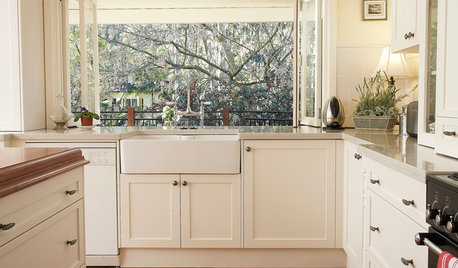
KITCHEN SINKSEverything You Need to Know About Farmhouse Sinks
They’re charming, homey, durable, elegant, functional and nostalgic. Those are just a few of the reasons they’re so popular
Full Story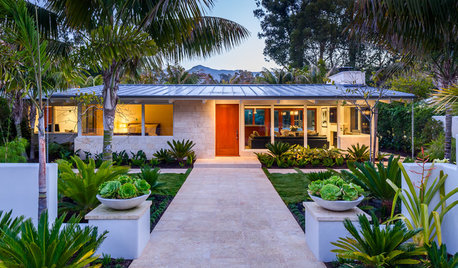
REMODELING GUIDESSo You Want to Build: 7 Steps to Creating a New Home
Get the house you envision — and even enjoy the process — by following this architect's guide to building a new home
Full StoryMore Discussions








tiemco
andy10917
Related Professionals
Rossville Landscape Architects & Landscape Designers · Taylorsville Landscape Architects & Landscape Designers · Alexandria Landscape Contractors · East Hanover Landscape Contractors · Ellicott City Landscape Contractors · Inglewood Landscape Contractors · La Vista Landscape Contractors · Oklahoma City Landscape Contractors · Salem Landscape Contractors · Santa Maria Landscape Contractors · Snoqualmie Landscape Contractors · The Woodlands Landscape Contractors · Glenn Heights Swimming Pool Builders · Grand Rapids Swimming Pool Builders · Phoenix Swimming Pool Builderstiemco
CPTKOriginal Author
tiemco
CPTKOriginal Author
tiemco
dchall_san_antonio
CPTKOriginal Author
pbgpicker
owlnsr